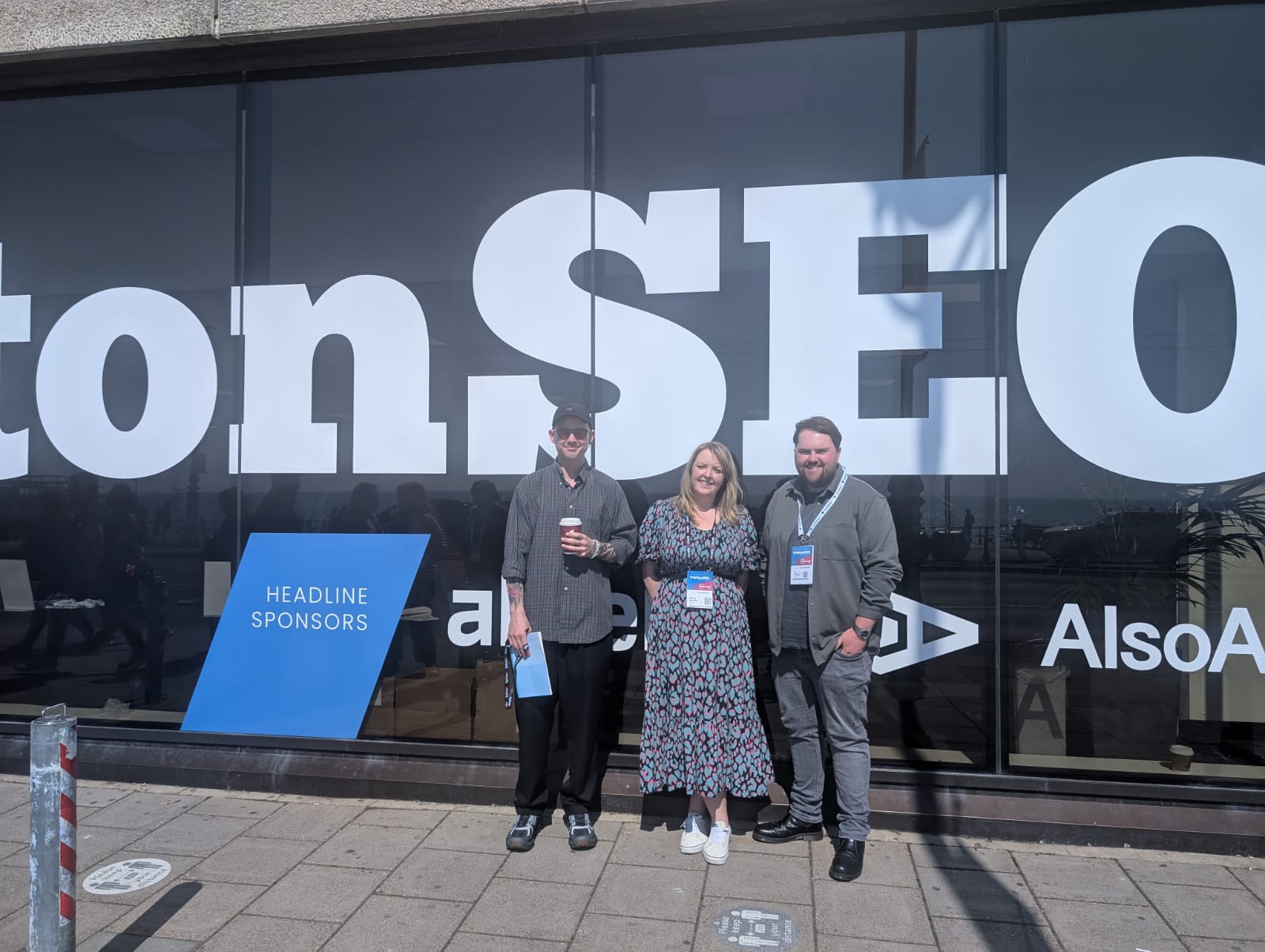Cutting through a crowded room: The power of thought leadership in the Middle East

By Astrid French, Head of Middle East
In rapid-growth markets, effective B2B communication is crucial. This blog explores the role of thought leadership in cutting through the noise, engaging prospects and integrating it with marcomms strategies to build brand trust and drive sales.
In rapid-growth Middle East markets, more brands than ever are vying for a limited number of communications slots.
But wait, aren’t we beyond the limitations of traditional print media, where you are literally competing for column inches? Don’t digital channels (be it online publications, a LinkedIn feed or email marketing) mean space isn’t limited in the same way?
Both of those statements are correct. However, it would be a mistake to conflate the limitless possibilities of digital platforms with limitless interest from prospects in business-to-business (B2B) communications. Though digital channels don’t have a slot restriction, your prospects do. The amount of information they are willing to consume, and more importantly show interest in, has a cap. And that cap is being encroached upon by your competitors.
Consider these regional examples: In Abu Dhabi, the number of AI companies registered grew at a compound annual rate of 67% between 2021 and 2023. In Dubai, the DIFC broke records in 2023, with a new registrations growth rate of 34%. The Kingdom of Saudi Arabia saw a 78% uplift of new commercial registrations in the second quarter of 2024 compared to the same period of the previous year.
If you think about all of these firms, plus the vast number already present in region, the room you are trying to command attention in is suddenly a lot more crowded. To compete effectively, avoid information overload and capture attention, you need to give people a clear reason to listen and engage. That brings us to the art of conversation.
The art of conversation
To effectively engage prospects, talking at them and hoping they’ll listen is unlikely to have the desired effect. Rather than ‘talking at’, it is important to ‘engage with’. This is where thought leadership becomes one of the most valuable assets in the communications toolbox. It allows us to think about their challenges – what keeps them up at night? And their opportunities – what makes them excited about the future? Putting your audience’s reality at the heart of your communications transitions your brand message from inward-looking to partnership-oriented. This is critical to building trust and preference as it creates opportunity for stand-out while developing a reason to believe and buy.
Thought leadership also humanises communications, platforming leaders and experts in a relationship-oriented market that is deeply influenced by the vision and ambition of leaders in respective fields.
But I need sales, please.
There is a common misconception that thought leadership is a nice-to-have that doesn’t contribute directly to sales. However, with many B2B industries’ sales cycles evolving, it simply couldn’t be more important. The journey from awareness to consideration to conversion is longer than ever before and a one size fits all funnel has been replaced by complex routes back and forth from each stage.
Longer consideration phases, expanded buying committees (all of whom need to be influenced), and at times, extended phases of ‘dormant’ prospect behaviour present a challenge for brands. Waiting to put all efforts behind a single push to a group of prospects over a three month period will at best, miss vital awareness and consideration building, and at worst, miss-time the sales cycle and be left out in the cold until the next arises.
This is why consistent and interesting thought leadership is so essential. We need to engage prospects in both ‘buy’ (where you have the opportunity to sell) and ‘non-buy’ (where the opportunity is to build brand awareness, understanding and reputation to put you top of the RFP list) modes. It is crucial to authentically build the perception and reputation of a brand, ensuring when you build the sales house, you have foundations in place to keep it steady.
Integrated efforts
Thought leadership, of course, is one tool in the marcomms toolbox. Its magic lies in the ability to inject it across all types of communication, from a by-line in a leading publication, to a visionary annual report, or an email blast spotlighting your experts.
The best thought leadership is done as part of an integrated marcomms programme. Delivering powerful expertise in combination with tactics such as news announcements, effective product marketing and sales activity, to name a few.
Want to discover your thought leadership potential? Get in touch.
Key takeaways
Q1: Why is thought leadership essential in the Middle East?
A1: Thought leadership helps brands stand out in a crowded marketplace – which we see in rapidly emerging Middle Eastern markets, engaging prospects and building trust by addressing their challenges and opportunities.
Q2: How does thought leadership contribute to sales?
A2: Thought leadership influences long and complex sales cycles by maintaining consistent engagement, building brand reputation, and preparing prospects for conversion.
Q3: What is the role of thought leadership in integrated marcomms?
A3: Integrating thought leadership with other marketing communications tactics enhances its effectiveness, ensuring a cohesive and powerful brand message across various channels.
About the author
Astrid French, based in our Dubai office, leads Aspectus Middle East, and is responsible for overseeing its direction, fostering its growth, and cultivating strong client relationships. Her experience spearheading global, integrated communications programmes is layered with a deep understanding of strategic nuances in the region. Astrid has worked with a range of clients, from energy supermajors and early-stage tech investors, to prestigious private banks.

